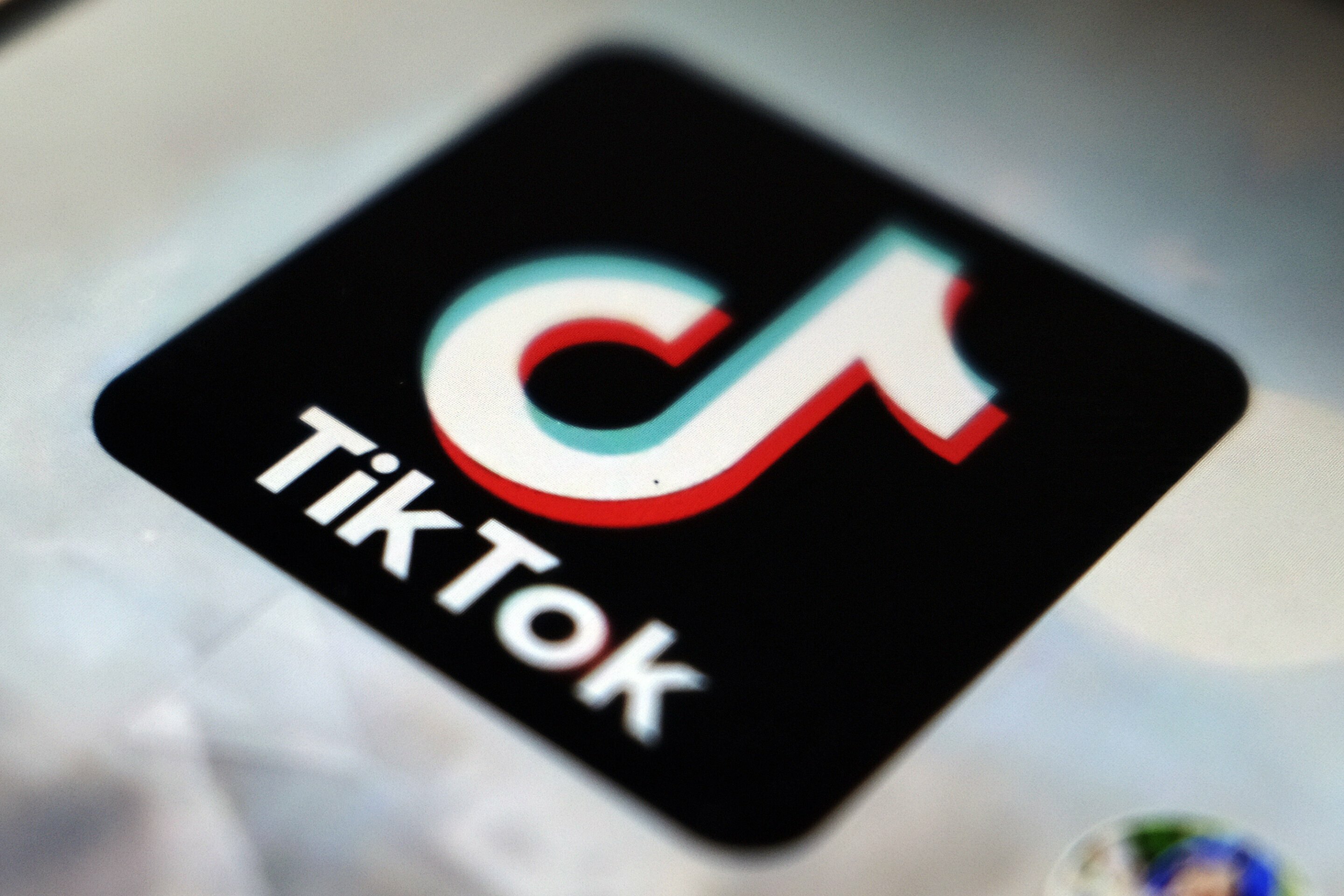Two robots designed to deliver lethaldoses of ultraviolet light that modify the DNA structure of superbugs so they can no longer reproduce and harm patients are to be deployed in Liberian hospitals caring for patients with Ebola virus disease.
The Republic of Liberia is one of four countries in West Africa affected by the Ebola outbreak which, according to the World Health Organization (WHO), started in Guinea in December 2013 before spreading to neighboring Liberia and Sierra Leone, and then to Nigeria. WHO says over 1,300 people in the four countries have died in the outbreak.
Ebola virus disease is a hemorrhagic fever caused by infection with the Ebola virus. The virus is highly infectious and extremely fatal — killing up to 90 percent of those infected — but only spreads through contact with blood and other bodily fluids of infected people.
Dozens of disease specialists from the CDC are already in Liberia, helping the authorities contain one of the largest outbreaks of Ebola in history.
Now, experts are hopeful that the innovative disease-fighting robots — which reduce the potential for human error and take the guesswork out of determining whether a patient room is completely disinfected — could prove to be a life-saving tool for the health care workers battling West Africa’s deadly Ebola outbreak.
Robots calculate and deliver lethal dose of UV-C
The two 5′ 5″ machines – known as TRU-D SmartUVC – use a unique technology called Sensor360 to calculate the time needed to react to the particular features of a room. For instance, the technology takes into account the size, shape, surface reflectivity, the amount of equipment in the room and where it is situated.
Once it has calculated these room parameters, the TRU-D — which stands for Total Room Ultraviolet Disinfector — device delivers a single, lethal cycle of UV-C light from the middle of the room. The deadly dose of UV-C light alters the DNA of viruses like Ebola so they cannot replicate and carry on spreading and colonizing patients.
The system technology is based on the fact that UV light near a wavelength of 254 nm induces the formation of pyrimidine dimmers from thymine and cytosine. These dimers in turn cause breaks in microbial DNA that make genetic replication impossible, thus destroying the organisms or rendering them unable to grow or reproduce. The efficacy of the UV-C irradiation is a function of many different parameters, such as intensity, exposure time, lamp placement, and air movement patterns.
TRU-D thus automates the labor-intensive process of manual cleaning, providing cleaner rooms and faster turnover without human error and without using chemicals. The disinfection progress is displayed in real-time to ensure complete surface disinfection of pathogens in any space. Human error — such as missed surfaces, recontamination, and improper chemical applications — are eliminated. An added bonus is that rooms can be occupied immediately after treatment.
Nearly a dozen validation studies show that TRU-D is 99.99 percent effective in eliminating the most common pathogens that cause health care associated infections.
Disinfecting robots to be deployed in two hospitals in Monrovia, capital of Liberia
TRU-D is the brainchild of Dr. Jeffery L. Deal, Fellow of the Royal Society of Tropical Medicine and Hygiene. Dr. Deal is accompanying the two devices to Liberia and will teach hospital staff how to operate them. The two machines will be deployed in JFK Hospital and ELWA Hospital in the capital, Monrovia.
“We developed TRU-D SmartUVC technology to combat the devastating effects of hospital acquired infections,” Dr. Deal explains. “Unlike many diseases, Ebola strikes hospital workers more than any other group, making it the ultimate hospital acquired infection.”
The Centers for Disease Control and Prevention (CDC) emphasize that thorough disinfection and safe handling of potentially contaminated materials is extremely important in hospitals treating Ebola patients. Traces of the virus can remain in blood, sweat, vomit, feces and other bodily secretions and potentially infect anyone coming into contact with them.
Unfortunately, most of the hospitals in the area are in desperate need of supplies, lacking even the most basic infection-control equipment such as gloves, disinfectants, and protective suits. Without these safeguards, anyone who comes into close contact with an Ebola patient is at an extremely high risk of contracting the virus. As such, caretakers and health care workers have been among the hardest hit in West Africa’s devastating outbreak.
The scientists behind the project hope the robots will provide an extra layer of protection for health care workers, particularly those on the front lines of what is now the worst Ebola outbreak in history. “As soon as we knew we could aid struggling hospitals in Liberia, our team came together and formulated a plan to get TRU-D on the ground,” said Chuck Dunn, president and CEO of TRU-D SmartUVC, LLC. “With the help of the Liberian government and Dr. Deal’s on-the-ground expertise, we know TRU-D is going to make an impact at JFK and ELWA Hospitals.”
Both machines that will be used in Liberia have recently taken part in a 28-month CDC-funded study – the Duke University Prevention Epicenter Program – to evaluate real-world applications of UV-C disinfection.
TRU-D technology is already being used in all types of health care settings in the US, Canada, the UK, and Saudi Arabia to eradicate a range of pathogens, including not only Ebola but methicillin-resistant Staphylococcus aureus, carbapenem-resistant Enterobacteriaceae, Middle East respiratory syndrome, influenza, norovirus, Clostridium difficile, and others.























